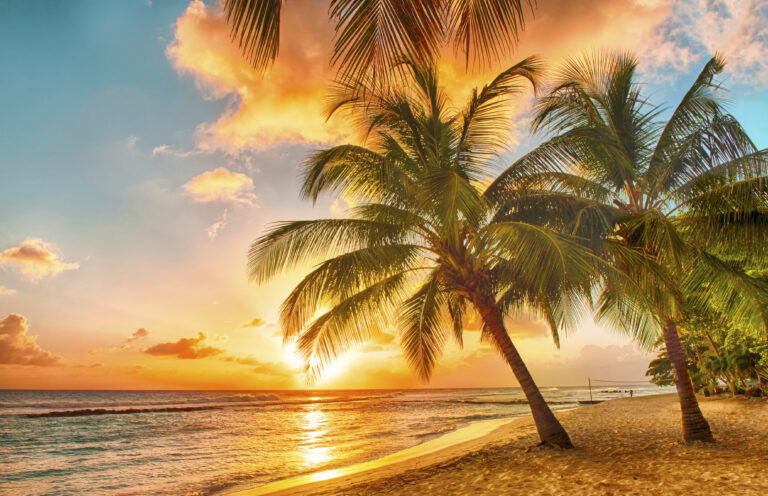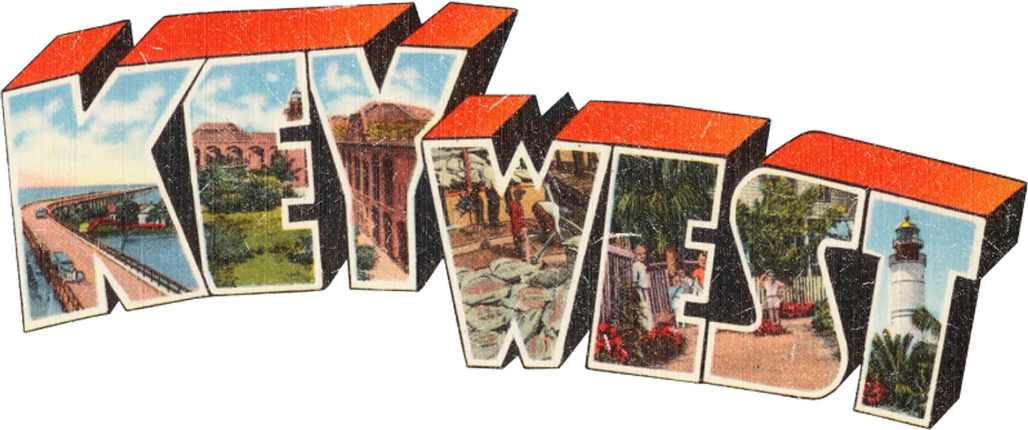Key West: Eclectic, Eccentric, and Irresistible
All it takes is a stroll through the narrow streets of Key West’s Old Town to realize that the island city’s past is as vibrant and alive as its present. Widow’s walks top gingerbread-bedecked Victorian houses, a vivid reminder of the wrecker-captains who settled this southernmost outpost.
Restored cigarmakers’ cottages call to mind the 19th-century Cuban immigrants whose skills brought the young city wealth and renown. Tall ships and schooners still traverse the harbor, their staunch masts and billowing sails harking back to the proud seaport’s earliest days.
But Key West’s history isn’t just reflected in architectural elements or harbor traffic. It’s reflected in the faces of its residents: descendants of the wrecking captains, Bahamian fishermen and spongers, Cubans who fled their homeland at the time of the Ten Years’ War with Spain, writers and rogues and renegades who escaped a commonplace world to follow their fortunes to an uncharted island.
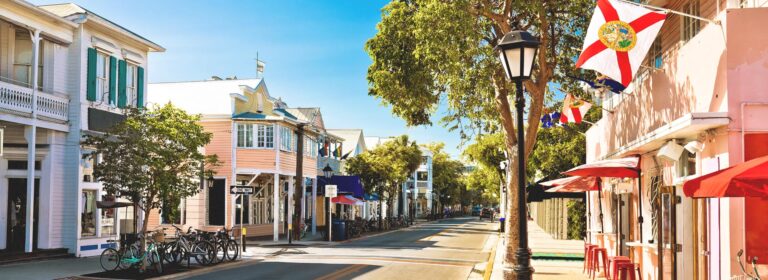
It’s also reflected in the culinary traditions. Each group of arriving islanders brought the recipes and flavors of their homelands with them, blending and evolving over the years into a unique multicultural “menu.”
Of course, Key West’s location played a big part in the development of the local cuisine. The island’s remoteness and saltwater surroundings meant families historically relied on the ocean’s bounty for their foodstuffs. Generations of local cooks created dishes around sweet Key West pink shrimp, clawless Florida lobster, stone crab and an almost limitless variety of finfish.
Tropical fruits, growing in abundance, were a favorite accent. Passion fruit, mango, sour oranges, and carambola found their way into many recipes. And even now, nothing beats the tiny yellow Key lime that’s the prime ingredient in the island’s fabled Key lime pie.
While Key West’s heritage and culinary traditions are distinctive and enticing, so too is the vibe of the present-day island.
In this eclectic town, where individuality is highly prized, wild chickens roam the streets and cars routinely stop to let them cross the road. Dogs are favored customers at certain bars. The sunny and curiously comforting cemetery contains gravestones reading “I Told You I Was Sick” and “Devoted Fan of Singer Julio Iglesias.”
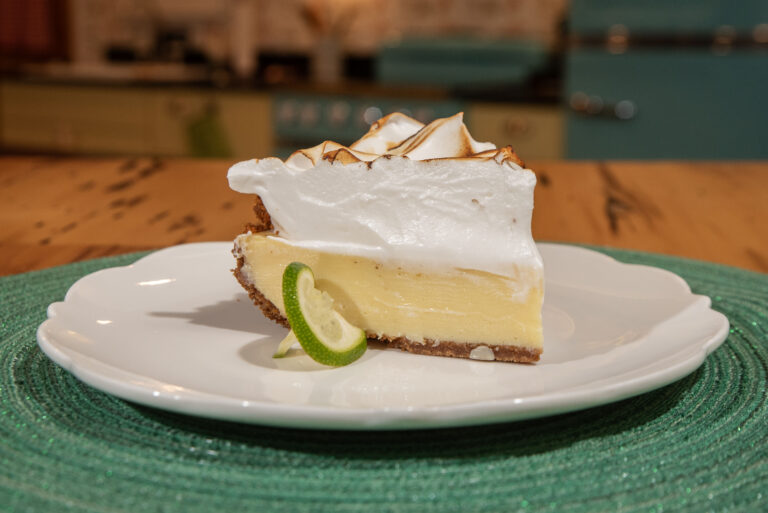
Today the island’s population is made up of recovering hippies, artists and writers, Navy personnel, a vibrant LGBTQ community, people of almost all ethnicities, and native “conchs” descended from original settlers. Despite their apparent differences, they seem to get along just fine — as reflected by the city’s official philosophy of “One Human Family,” proclaiming open-hearted acceptance for everyone.
Though parts of the island resemble a New England fishing village, with its proud Victorian houses and tidy picket fences, the laid-back atmosphere bespeaks its Caribbean roots. Meetings and events take place on “island time,” the sound of reggae and steel drums drifts from bar doorways, and impromptu street parties are much enjoyed.
Bicycles and scooters are favored modes of transportation. And why not? The breeze is likely to carry the scent of saltwater and lush blooming flowers — something that can’t be enjoyed from a closed car. Animal companions prefer the informal transportation options, too. It’s not unusual to see a bicyclist ride by with a parrot on his or her shoulder or a dog in the bike basket.
Key West’s creative heritage is a definite part of its seductive charm. Known as a haven and inspiration for writers since Ernest Hemingway’s residence in the 1930s, the island is home to scores of published authors — including several Pulitzer Prize winners.
Other types of creativity flourish as well. Turn a corner in the Old Town district, and you’ll likely find an artist intent on an easel, capturing the stoic lines of a historic house or the graceful sweep of a blooming hibiscus.
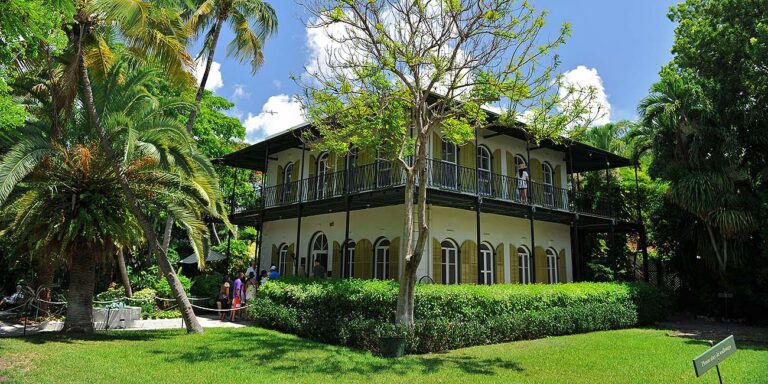
In art as in life on the island, originality of spirit is prized. In Key West, it’s perfectly acceptable to state your job title as “treasure hunter,” “poet,” or “street performer” without eliciting laughter or a disbelieving stare. It’s hard to imagine any other place in the world where that’s true.
And let’s not forget the sunsets. While the setting of the sun passes unremarked in most locales, in Key West it’s commemorated with a nightly harborfront celebration on Mallory Square.
Street performers delight the spectators that line the waterfront square, and vendors offer handmade wares as the sun dips below the horizon. A dramatic blaze of color paints the sky, and the crowd erupts in appreciative applause.
Just as certain foods are traditional favorites, so “going to sunset” is a tradition for both residents and visitors. It’s another expression of the lightheartedness, irreverence, and overflowing zest for life that characterizes Key West — and makes the island so irresistible.
